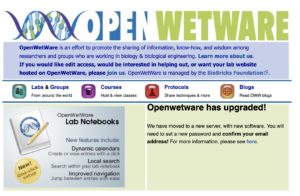BioBuilder and Ginkgo Bioworks: Helping Transform Biology
Explore the historical and future connection between BioBuilder & Ginkgo BioWorks -- two platform technologies that accelerate the field in different but wonderful and synergistic ways.
What comes to mind when you hear the word "platform"?
Perhaps a concert stage or a high-rise window washing catwalk. These do indeed reflect the common understanding that a platform is a raised floor upon which something is placed or an activity is conducted.
In the world of modern technology, a platform is “a group of technologies that are used as a base upon which other applications, processes, or technologies are developed.” For instance, computer hardware and software form a platform that enables the exchange of emails, the creation of graphic designs, the analysis of data, and so forth. In the world of synthetic biology, a technology platform is essential.
Ginkgo Bioworks, “The Organism Company,” relies on platforms to reach their north star and guide their work in designing custom microorganisms. It enables them to bring new products and processes to life for countless applications. Their technology platform has two supporting foundations: Foundries and Cell Engineering.
About Ginkgo's Platforms
In biological engineering, living organisms are the factories that build new products. Ginkgo’s Foundries sync the best of DNA synthesis, laboratory automation, and high performance analytics to build and prototype thousands of biochemical pathways and products to hone in on the most effective design.
Ginkgo’s cell engineering platform generates their biological portfolio of cells, enzymes, and genetic programs. Its ever-growing library is used to jumpstart new projects that drive new discoveries across different industries. Ginkgo’s cell engineering platform is the perfect feedback loop for unlocking new biological knowledge with potentially limitless design and positive impact for humankind and planet Earth.
The flywheel created by these platforms is captured in the Investor Day presentation materials they shared this just last week:

And it might not spring to mind, but education is also a platform, not that different from a platform for washing high-rise windows or Ginkgo’s Foundries and Cell Engineering platforms. At BioBuilder, we think it is perhaps the most important platform for, dare we say, every aspect of our lives.
When done right, education supports us in:
- pursuing our dreams
- succeeding in our chosen careers
- being creative in our endeavors
- having the confidence to do so
BioBuilder as a platform for education
BioBuilder is the platform for synthetic biology and bioengineering education. The BioBuilder curriculum introduces students to an engineering mindset and a view of biology as a programmable tool to meet any challenge they decide to address. But it doesn’t stop there. Students also learn hands-on lab skills, and skills important for life and any profession—critical thinking, communication, planning, meeting deadlines, and persistence. In other words, the BioBuilder education platform provides a foundation that helps students step into 21st century careers in which biology is a core technology. It is a natural progression from the BioBuilder education platform to the Ginkgo technology platform, and BioBuilder students are ahead of the game.
The connection between BioBuilder and Ginkgo is no coincidence
It began when the leaders of the two organizations were at the Massachusetts Institute of Technology (MIT). BioBuilder founder Dr. Natalie Kuldell was teaching at MIT and developing content for the undergraduate lab course “Laboratory Fundamentals of Biological Engineering” for the brand new undergraduate major in Biological Engineering, aka Course 20. The lab subject, 20.109, introduces students to experimental techniques used in bioengineering and synthetic biology, and they learn crucial skills such as experimental design, data analysis, and scientific communication. (Sounds familiar, doesn’t it?)
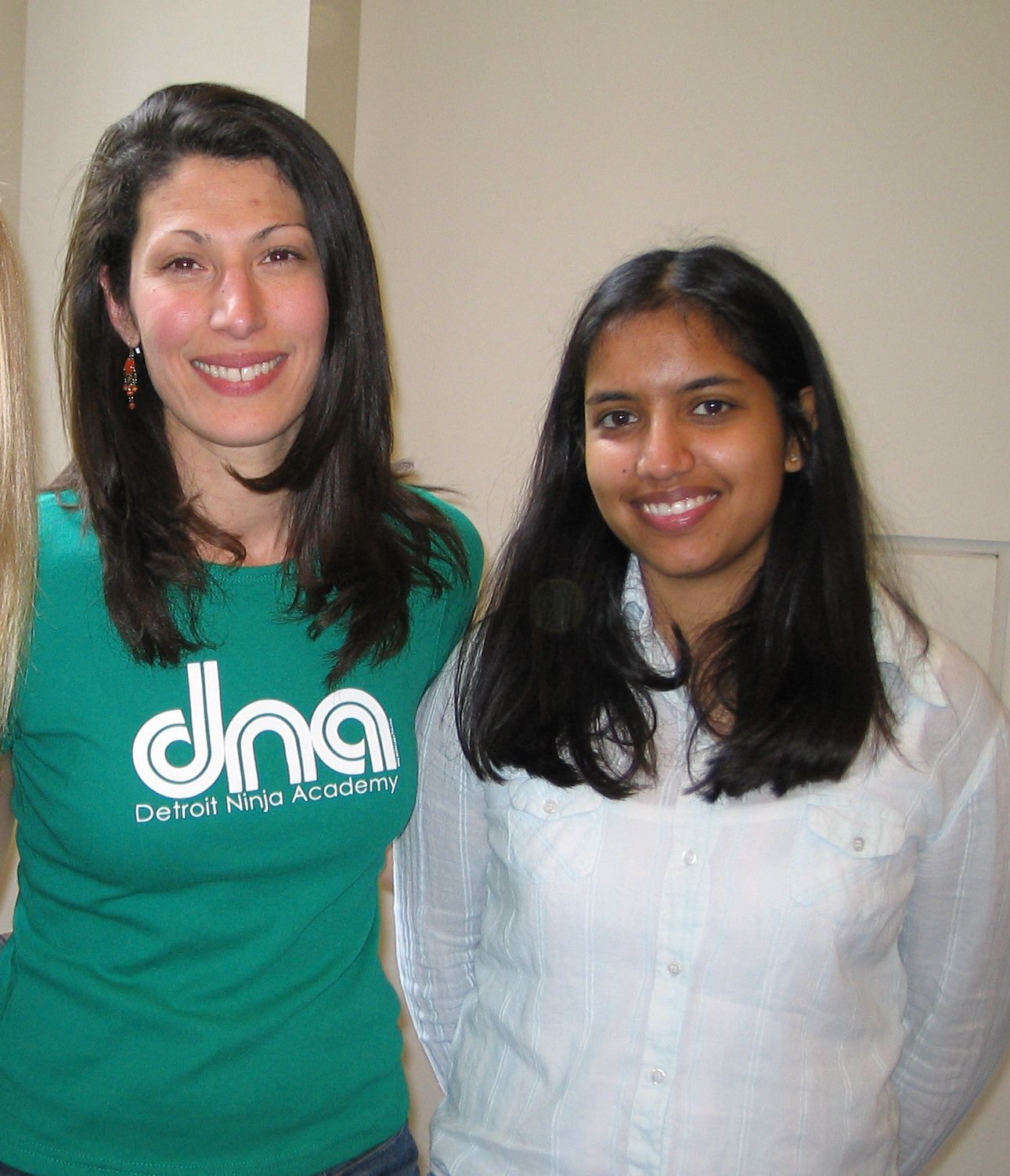
Dr. Reshma Shetty, one of the founders of Ginkgo, was a teaching assistant for the class, cotaught with then MIT Prof. Drew Endy, and helped develop and teach the “Bacterial Photography” experiment that is now part of the BioBuilder curriculum. It was the early days for iGEM as well. Dr. Kuldell helped some the MIT teams, including the one that was overseen by the future Ginkgo founders, and produced the “Eau d’coli” project. That collaboration foreshadowed Ginkgo’s business and BioBuilder’s curriculum.
Ginkgo Bioworks was launched in 2008. To bootstrap their startup, the founders did consulting work, some of which is now part of the BioBuilder curriculum. They built some of the DNA plasmids and bacterial strains used in BioBuilder labs. In addition, Dr. Shetty and Dr. Kuldell together wrote content that would ultimately become part of the animations BioBuilder uses for teaching.
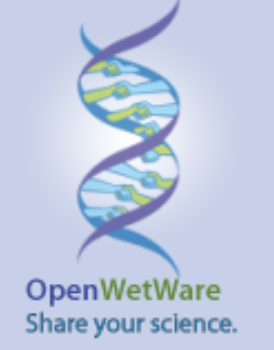
While the Ginkgo founders were at MIT they established OpenWetWare, a wiki for researchers to share synthetic biology and bioengineering information and foster collaborations. Dr. Shetty and Dr. Kuldell ultimately moved their undergraduate lab course teaching content onto OpenWetWare, enabling anyone with a internet connection to find and learn from the content. These early efforts in OpenWetWare rippled into a commitment by both Ginkgo and BioBuilder to promote openly accessible content in bioengineering and synthetic biology.
BioBuilder Educational Foundation was launched in 2011. In the Foundation’s early days, Dr. Kuldell held teacher professional development workshops at MIT. She relied on some of the Ginkgo founders’ materials as part of the workshops, such as Jason Kelly’s lecture on standards and measurements, and Barry Canton’ lecture on chassis engineering.
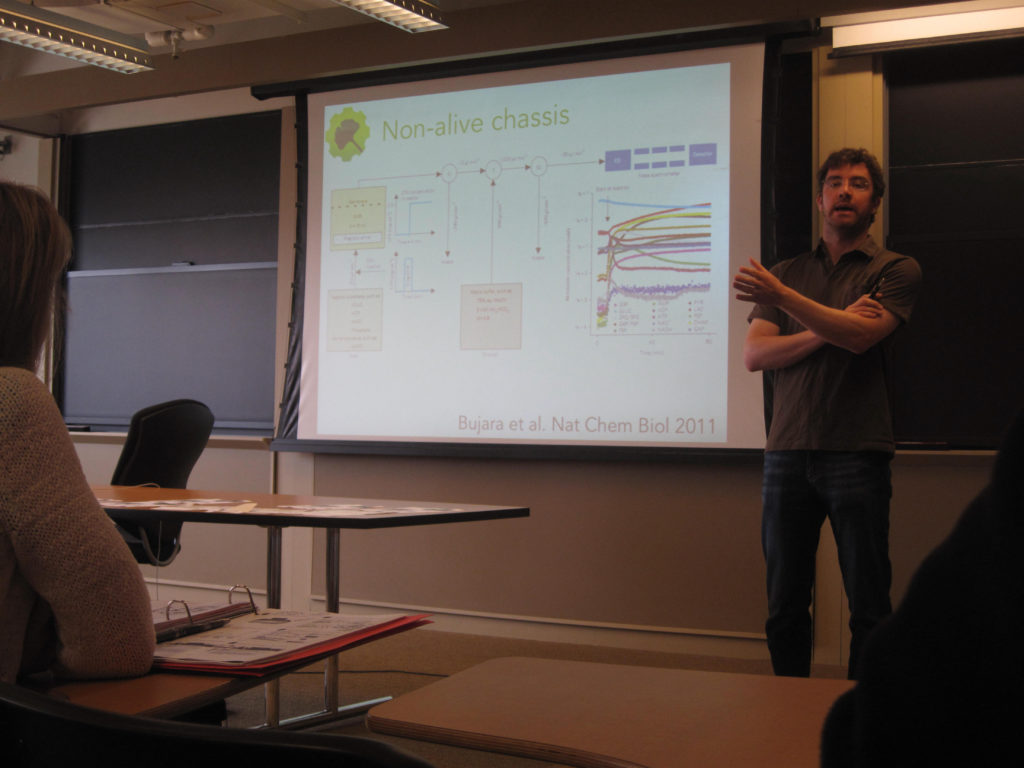
BioBuilder and Ginkgo have continued to work side-by-side for the education and advancement of synthetic biology
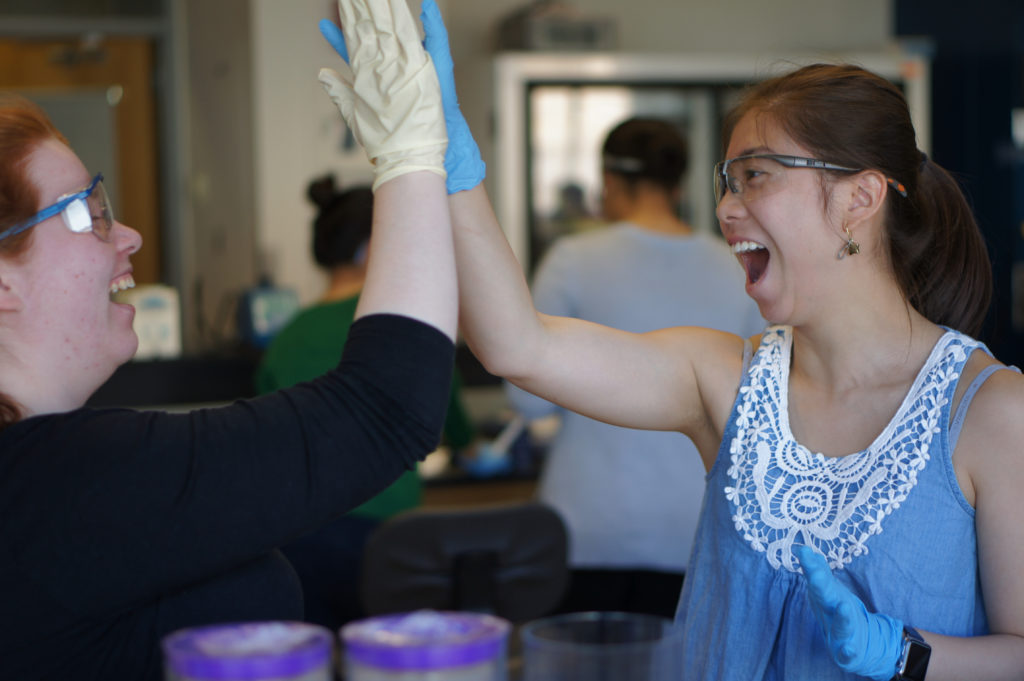
It may come as no surprise, then, that the BioBuilder students of today are the Ginkgo scientists, engineers, and analysts of tomorrow. Case in point: Hanna Tseng was an MIT undergraduate studying Biological Engineering. In 2016 and 2017, she worked as a teaching assistant in BioBuilder’s High School Apprenticeship Challenge program, and now, a handful of years later, she works at Ginkgo. Seamless collaboration!
What's next???
Ginkgo’s success continues to multiply and the company is growing. They are currently in the process of becoming a publicly traded company and have obtained a new 150,000-square-foot space near their headquarters that will enable them to expand their operations. Ginkgo’s support of BioBuilder is strong and getting even stronger. Ginkgo recently become a sustaining partner in BioBuilder’s mission, pledging more than $1M over the next three years to help advance synthetic biology and bioengineering education. That’s commitment put into action!
BioBuilder and Ginkgo are indeed models of the modern mindset needed to advance the life sciences and bioeconomy, as Dr. Kuldell discussed in her Day One Project paper Meeting Biology’s “Sputnik Moment”: A Plan to Position the United States as a World Leader in the Bioeconomy. Expect great things from these two leaders in the new bio-world!
